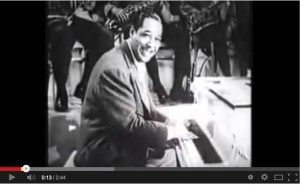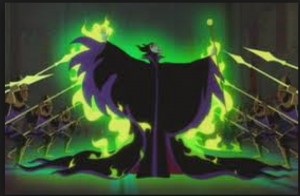 THIS POST CONTAINS SPOILERS!
THIS POST CONTAINS SPOILERS!
You read that up there about the spoilers right? Right. Okay.
I saw the original Disney Sleeping Beauty in the movie theater. I was 9. Disney was doing one of it’s periodic re-releases of its classic animated features, and Mom took me as a reward for having memorized my multiplication tables up to 6. I never saw the ending (at least in the theater), because Mom also had to haul me out of the theater because when Maleficent turned into the dragon I started screaming in terror.
So, me and that bad fairy, we got history.
I took my son to see Maleficent this weekend, just in case one of us needed a hand to hold. I’m 47 now, he’s 12. He loved it and didn’t scream once, although he did hide his eyes a couple times. Me? I was deeply interested in what I was seeing.
It was a Disney production all the way, which meant it looked spectacular and plot-wise was about as subtle as a gold-plated brick upside the head. I epxected that. What I did not expect was to see a movie that would not have been made 20 years ago, possibly not even 10, DEFINITELY not when I was 9. And I am not talking about the special effects, which were massively impressive. Or the fact that I finally saw a Fairyland that really convinced me (God, I hope Brian Froud got royalties for those little guys). I’m talking about the character arc for Maleficent herself.
Here we had a powerful woman, she is stated to be THE most powerful fairy of her time. She’s is the protector for her people. She’s good at it. She is betrayed and she gets angry, fully, completely, furiously, vengefully, angry, and because of her anger, she makes a mistake. A biggie. She realizes it, eventually, and works to correct it.
Now, here’s the amazing part. She does correct it. She fixes her mistake and she regains all her powers. She is not in the end damaged, weakened, chastened or dead, the traditional choice of movie fates for a powerful woman who has realized she has made a mistake. She is never once lectured by a man (okay, maybe a little by her servant). When she chooses to forgive the bad guy, it’s after she’s regained her powers and she knows herself to be strong and him to be weak and pathetic (he dies anyway because he can’t walk away from the fight, and I’m okay with that). She is not rescued by a man, but by the other female lead and because she’s strong enough to hold out in the fight (and it’s a nasty fight) long enough for help to arrive.
She’s a mother figure who is competent at mothering, and yet does not have to die to save the child. I was really afraid of that, because that’s what happens to strong mother figures in genre media. They die for their kids. She didn’t have to die. She didn’t even have to live crippled.
Here’s the other reason I was afraid M. was going to end up dead or severely weakened at the end. There’s a scene which is clearly a stand in for a date rape during which M. is drugged and has her wings cut off. Now, in classic lit and a whole whopping great load of movies what happens when a woman is raped, or lets herself get seduced by the wrong guy, or falls for a guy who later trades his affections for someone else, or otherwise makes a mistake involving sex and/or love is she dies. Maybe she lives for awhile weakened, and chastened in saintly retreat, but mostly she dies. She doesn’t heal. She certainly doesn’t come out on the other side with her full strength back, ready and able to not only face the world but love again.
Maleficent does.
This is new. This is huge. Not because it hasn’t been done elsewhere, but because it’s Disney doing it. EVERYTHING The Mouse does is safe. It’s audience tested to hell and gone. It is calculated NOT to offend. So when Disney thinks its okay to subvert the images of women with power, to show a full-blown traditional hero’s arc from anger to mistake to triumphant return to power, we know there’s been a real change.
This is also the second Disney Blockbuster in rapid succession (the other being Frozen) where it is acknowledged that the affection women have for each other (mother-stand-in/daughter in this case) is as strong, as real, as “true” as heterosexual love between men and women. This is also new and huge in a medium that is still not comfortable with showing two women on screen at the same time having a conversation about something other than a white guy, or having an unequal power relationship that does not involve one of them being a stone-cold bitch who needs to be humiliated before then end.
Now, this was not a flawless movie. As far as the writing went, it was a finely crafted piece of Swiss Cheese. The 3 Pixies were a huge disappointment. One of the things I loved about the original was those goofy little fairies when it came down to it were extremely powerful (turn a whole rain of missels into flowers? No problem. We got this.) But in this they were just limp really limp comic relief. And the king really needed to fire whoever was in charge of the spinning wheel destruction committee. Also, I had to tell myself firmly that traditionally, fairies do not play well with each other, which might explain why none of them got together and said “Uh? Mal? You’ve been acting a little strange lately, anything you want to talk about?”
Still, I submit that in terms of shifts in the image of women and power, of whether women are worthy to hold and wield power even if they make mistakes, of the RIGHT of women to hold power, this movie, along with Frozen mark a significant pop-culture moment.
Plus, those wings? Seriously, astoundingly kick-butt.
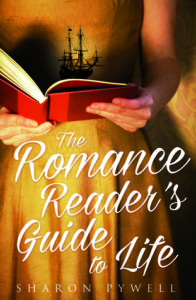 I loved this book. Flat out. Had me at hello.
I loved this book. Flat out. Had me at hello.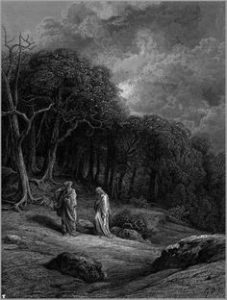 During the Age of Empire, a particular sub-genre of thriller/horror stories emerged in English letters. It involved English travellers finding out that the natives of whatever country they were tramping through might not actually like them.
During the Age of Empire, a particular sub-genre of thriller/horror stories emerged in English letters. It involved English travellers finding out that the natives of whatever country they were tramping through might not actually like them.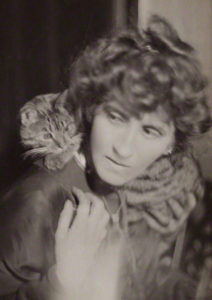
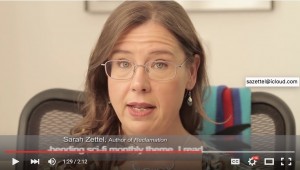
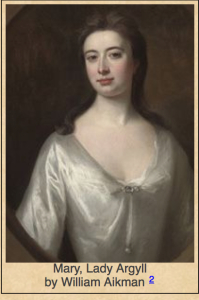 Yes, “Careless” Mary Bellenden’s is real too. As annoying as it is to have a Molly and a Mary to keep straight, there wasn’t a lot I could do about it. Mary apparently regularly stole the show with her appearance, and her behavior. She certainly had the eye of the gentlemen poets of the day
Yes, “Careless” Mary Bellenden’s is real too. As annoying as it is to have a Molly and a Mary to keep straight, there wasn’t a lot I could do about it. Mary apparently regularly stole the show with her appearance, and her behavior. She certainly had the eye of the gentlemen poets of the day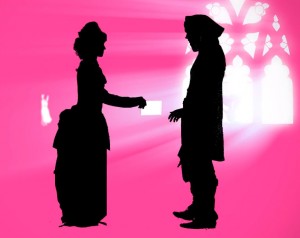 Who was real resident in the Palace of Spies? Sophy Howe was. I wasn’t able to find art on her, but here’s what historian
Who was real resident in the Palace of Spies? Sophy Howe was. I wasn’t able to find art on her, but here’s what historian  THIS POST CONTAINS SPOILERS!
THIS POST CONTAINS SPOILERS! Writing is, by necessity, a profession of emotions. Emotions are at the heart of character, and character is at the heart of story. And at the heart of the human brain is a quirk that by describing a feeling, you invoke it in yourself. So, there’s no part of writing a novel that is not going to put the writer on an emotional roller coaster. And people wonder why we tend to drink so much…
Writing is, by necessity, a profession of emotions. Emotions are at the heart of character, and character is at the heart of story. And at the heart of the human brain is a quirk that by describing a feeling, you invoke it in yourself. So, there’s no part of writing a novel that is not going to put the writer on an emotional roller coaster. And people wonder why we tend to drink so much…